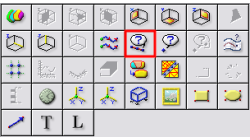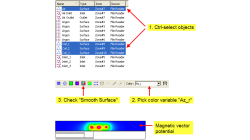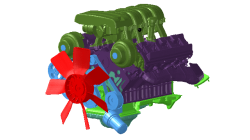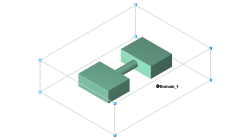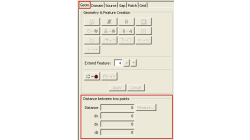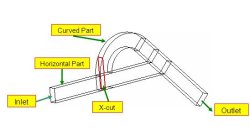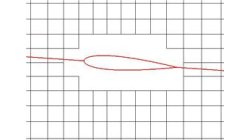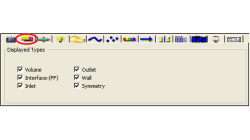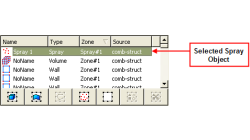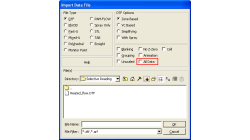- Home
- Resources
- Tips & Tricks
Tips & Tricks
User Defined Curve Probes in CFD-VIEW
CFD-VIEW allows the user to create curve probes from a file containing XYZ data. This feature gives the user flexibility of collecting data on any specified/desired curve in the computational domain. As an example of use, these "curved line" probes could be used to sample simulation data at the same locations that experimental data was collected.
Abraham
Meganathan
CFD
Tracking Multiple Variables with Multiple Legends
When post-processing with CFD-VIEW, one may wish to display two different variables on two different objects. This requires the use of two legends to correspond to the different color mapping of the variables. The legend tracking feature in CFD-VIEW can be used to achieve this. If this topic is of interest to you, please read on.
Abraham
Meganathan
CFD
Making it Easy to Add a Box Source in CFD-VisCART
Sources are used in CFD-VisCART to refine the grid in localized regions of the domain. One of the many types of sources available is the Box Source where the user specifies a cuboid box around the region a finer grid is required. In the earlier versions, the user would have to add a Box Source and then specify its X, Y and Z extents to position the box in the desired location.
Abraham
Meganathan
CFD
Hole Detection Feature in CFD-VisCART
CFD-VisCART can handle geometries with small gaps, cracks and overlapping parts, but what if there is a big hole or opening in one of the parts that the user is not aware of? The grid will flow through this opening and the result will be a mesh that has cells both inside and outside the model. This leaves the user with the near impossible task of finding this opening. In CFD-VisCART, a Hole Detection feature has been introduced that performs this task for the user.
Abraham
Meganathan
CFD
Distance Measuring Tool in CFD-VisCART
CFD-VisCART has a simple and easy-to-use tool for measuring the distance between two points in a geometry. This tool can be found under the Geom tab.
Abraham
Meganathan
CFD
Clipping of X, Y, Z, Arbitrary Cuts and Iso-Surfaces in CFD-VIEW
In CFD-VIEW, performing X, Y, Z, arbitrary cut and iso-surface operations on volumes yield surface objects. One may desire to visualize and/or perform calculations in a user specified spatial range of the surface instead of the whole surface.
Abraham
Meganathan
CFD
Blanking Option in CFD-VIEW for Visualizing Chimera Grids
CFD-FASTRAN uses closed surfaces, such as walls or blocked regions, to create Chimera holes (or blanked regions) in a grid. By default, the number of buffer layers is set to 1. This means that a closed surface will cut a hole in any mesh that overlaps it, and the initial "blanking" of grid cells defines the hole.
Abraham
Meganathan
CFD
Using CFD-VIEW Display Types
When post processing a simulation in CFD-VIEW, you will often be working with multiple types of objects. Volumes and Surfaces are two types objects that you will most definitely have whether the model is 2D or 3D.
Abraham
Meganathan
CFD
Using the "Extra Variable" in CFD-VIEW
In CFD-VIEW, the Extra Variable list that appears in the Attribute toolbar is used for different purposes depending on the object type. If you are interested in knowing more about this feature, please read on.
Abraham
Meganathan
CFD
Selective Reading for DTF import in CFD-VIEW
When managing a model with complex geometry and/or physics, have you ever wondered how you could simplify the post-processing? You can do it easily using the selective reading capability in CFD-VIEW.
Abraham
Meganathan
CFD
